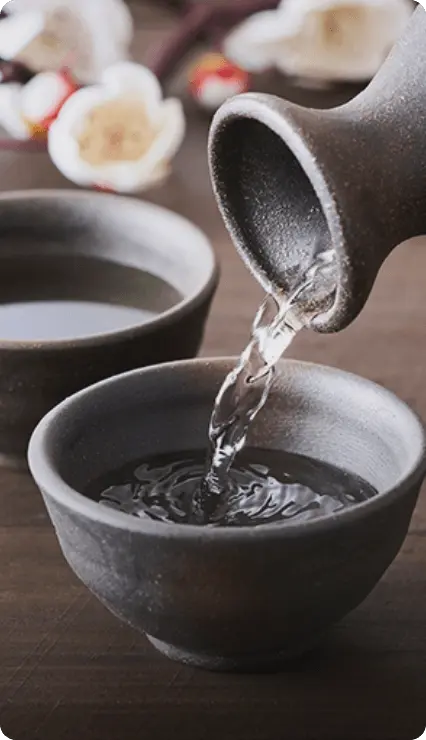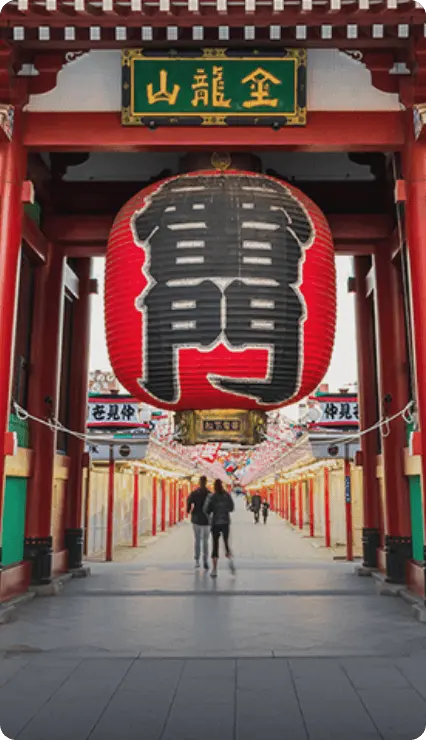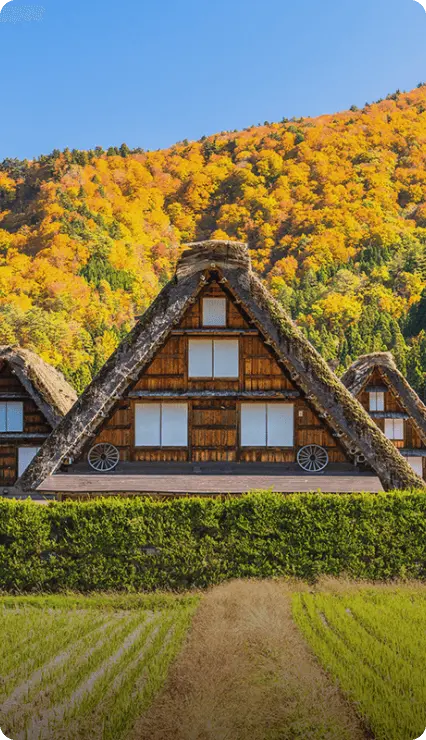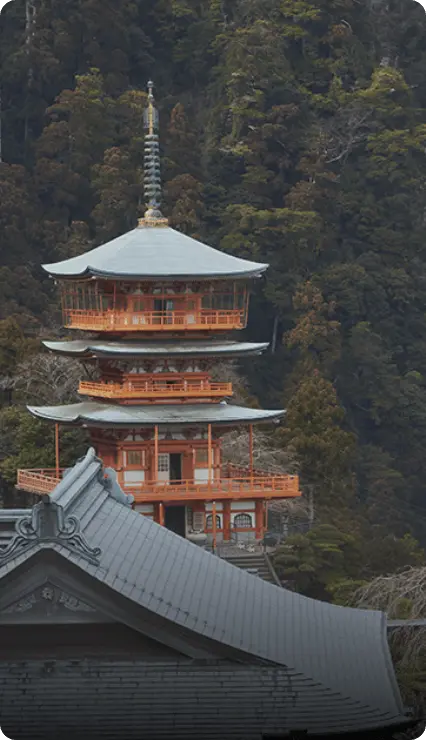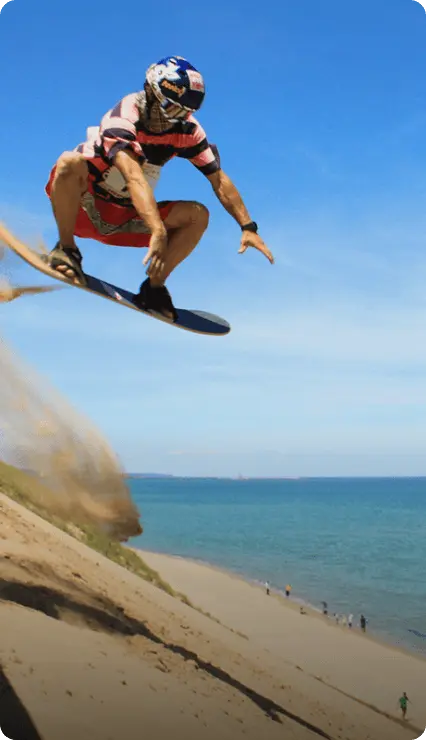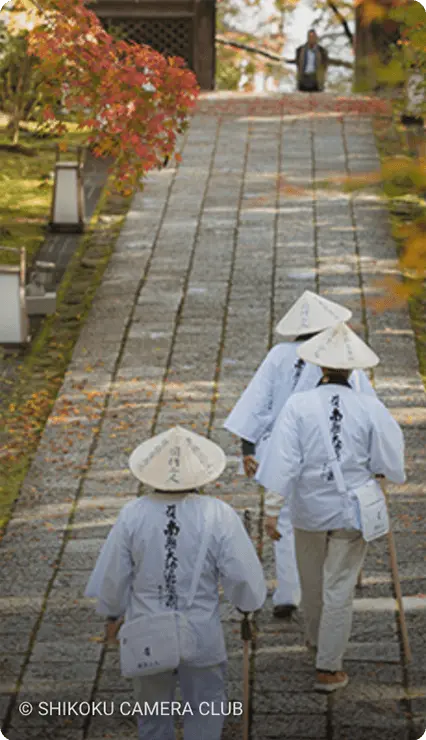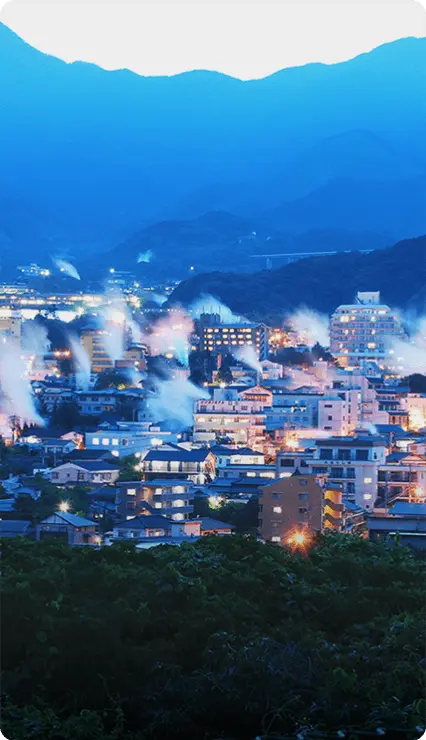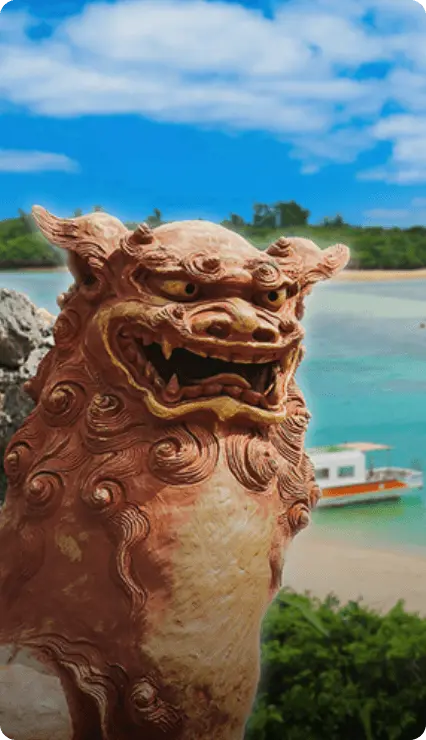Hokkaido adventures: Exploring Japan’s great northern treasure

Produced for Japan National Tourism Organization by

Please always refer to the latest government advice before booking travel and departing on any trip.
-
Get a glimpse of the country’s wild side on this action-packed route.
-
Rugged, beautiful, untamed and steeped in a unique culture, the island of Hokkaido in north Japan has emerged as an incredible destination for lovers of travel, adventure and the great outdoors. In the winter, it can be snow-bound and wild, perfect for skiing and bathing in natural onsen, while the summer months are suited to hiking mountains and wading through stunning kaleidoscopic fields of colourful flowers.
New Chitose Airport makes Hokkaido easily accessible from major Japanese cities such as Tokyo and Osaka, from where it is just a short flight away. The island can also be accessed by ferry or bullet train, while Hokkaido Tourism Organization has a helpful trip planner that makes navigating travel simpler. It boasts volcanic lakes, glorious national parks and a culture of incredible food and drink. With all that is on offer, here are some of the best activities for adventurous travellers.
-
Trek up an active volcano at Mount Meakan Dake
-
Not every destination allows visitors the chance to go hiking on an active volcano, but that’s exactly what attracts tourists to Akan Mashu National Park towards the eastern side of Hokkaido, where adventurers can ascend the summit of Mount Meakan Dake (remember to keep an eye on alert levels though, and avoid any risky climbs). As well as having an impressive volcanic crater, this iconic mountain holds extraordinary views of the surrounding volcanic landscapes. The cone-shaped peak of nearby Akanfuji can also be spotted, with this particular landmark also being included as a stop on a six-hour circular hiking loop (including breaks for photographs) which passes along Lake Onneto, its camp grounds and Meakan Onsen. Hiking usually takes place from May to October, while other routes are also available. Meakan Dake means “female Akan”, while east of Lake Akan lies Mount Oakan or the “male Akan”, which is also worth a visit.
-

-
Cycle past incredible coastal sights along the Ororon Line
-
The Ororon line is an expansive coastal route that runs from Otaru in the west all the way to its most northern point in Wakkanai and has beautiful views of the sea. Spring sees the snow beginning to melt, with the trail being particularly attractive as some fields remain blanketed in white. Highlights include Kunimare Sake Brewery in Mashike Town, the northernmost sake brewery in Hokkaido, as well as the futuristic-looking windmills dotted along Otonrui Wind Farm to the west of Horonobe Town. Cyclists with a love of nature can also stop at Kanaura Primeval Flower Garden, while temples and shrines are also situated along the route. Not far from Horonobe Town, visitors can venture to Sarobetsu Plain, a low-lying moor that covers more than 240 km2 and forms part of Rishiri-Rebun-Sarobetsu National Park. And, for those feeling adventurous head onwards to Wakkanai to the northernmost point of Japan, Cape Sōya.
-

-
Go river rafting at Niseko
-
River rafting and canoeing are some of the most popular activities in Hokkaido’s warmer season, with one of the best spots being in Niseko, which has prime access to the 126km Shiribetsu River. Sections of the water are perfect for white water rafting, more suited to those looking for a thrilling ride, while there are also stretches of calm and gentle currents. Routes are generally open from spring to early autumn, with options for group rafting available. Niseko Tourism offers good information on guided tours to suit different levels, with options for children, single tours and groups ranging from two to 10 people.
-

-
Hit the ski slopes in Furano
-
Over the years, Hokkaido has emerged as a top skiing destination, with one of the most celebrated resorts being Furano, known for its relationship with the FIS Alpine Ski World Cup. It offers 950 vertical metres of skiing and snowboarding, with lifts operating from the end of November through to May. Dry and light powdered snow can be found here, while visitors can zoom to the top of the slopes at 10 metres per second in Japan’s fastest cable car. There are beginner, intermediate and advanced runs, while views from the top of the slopes include a sweeping panorama of the Tokachi Mountain Range and Furano Valley. Cross country skiing is also on offer for those who want to challenge themselves.
-

-
Connect with nature at Kushiro lakes and wetlands
-
Towards the east of Hokkaido lie the lakes and wetlands of Kushiro Shitsugen National Park. The largest area of wetland in all of Japan is a haven of conservation, with wildlife and nature reigning supreme. Kushiro marsh is the habitat for a range of flora and fauna, including the Siberian salamander and the red-crowned crane, which has been designated as a Special Natural Monument of Japan. Visitors can spot these majestic birds in their natural habitat while learning more about them. Kushiro Shitsugen National Park has walking trails, as well as canoe and kayaking tours, while the best views can be found at the many observatories.
-
Immerse yourself in an ancient culture at Shiraoi’s Ainu Museum
-
The Ainu people are an ethnic group indigenous to the north of Japan, thought to have inhabited Hokkaido along with the Wajin people since the medieval period. In Shiraoi, a new state-of-the-art museum is dedicated to educating visitors about the Ainu culture. Affectionately referred to as “Upopoy”, which means “singing in a large group”, the open-air facility has several interactive displays, including a replica of a kotan – a traditional Ainu village, introduction to Ainu dance, and classes on woodworking, cuisine and music. The museum can be accessed via JR Shiraoi Station, about an hour away from Sapporo. After exploring the village take a walk around the lush grounds of the National Ainu Park.
-
Otaru Canal
-
The Otaru Canal was once a lynchpin of port trade, built in the 1920s and used to unload cargo from ships to the warehouses that stand along the banks of the waterway. Today it is a popular tourist attraction, and rightly so, given that it is particularly picturesque, with its shimmering retro lights, old industrial architecture and views of distant mountains on the horizon. Many of the former warehouses along the canal are now shops and restaurants. Visitors can stroll along the banks or take a canal cruise. In February, the canal becomes the main spot for the Otaru Snow Light Path Festival, an eight-day event that sees the town being decorated with candles, lights and snow structures. The festival usually coincides with the Sapporo Snow Festival, which is also well worth visiting in winter.
-

-
Experience one of the country’s lookout points from the top of Mount Hakodate
-
Hakodate is located on the southern tip of Hokkaido and is the island’s third largest city. Here, you can find bustling fish markets, interesting historical architecture and peaceful parks. The crown jewel of the area however is the sensational lookout on Mount Hakodate. One of Japan’s most iconic and celebrated lookouts, it offers breathtaking views day and night. At 334 metres, the panoramic view from Mount Hakodate at time of writing is listed under three stars in the Michelin Green Guide Japan, a collection of the best scenic routes and points of interest. The summit is accessible via cable car, bus, taxi and car, and has observation platforms and a restaurant and café. The city spreads out towards mountains and ocean, while boats can be spotted skimming around the coastlines.
-

Every one of Hokkaido’s seasons offers an exciting range of unique experiences. Travellers thinking of experiencing Japan – especially those with a love of nature, culture and adventure – should view it as an essential part of the trip. Connected via air, land and sea, it’s now easier than ever to reach from other top destinations across the country.
Hokkaido
Hokkaido's vast, sweeping landscapes and cultural history will provide visitors with a deeper understanding of Japan's varied diasporas. Outdoor adventures, scenic wintertime excursions and meaningful experiences with Japan's indigenous people are just a few of the reasons Hokkaido is such a wonderful destination.












Hokkaido

Tohoku

Greater Tokyo

Central Japan

Kansai

San'in

Setouchi

Shikoku

Kyushu

Okinawa





